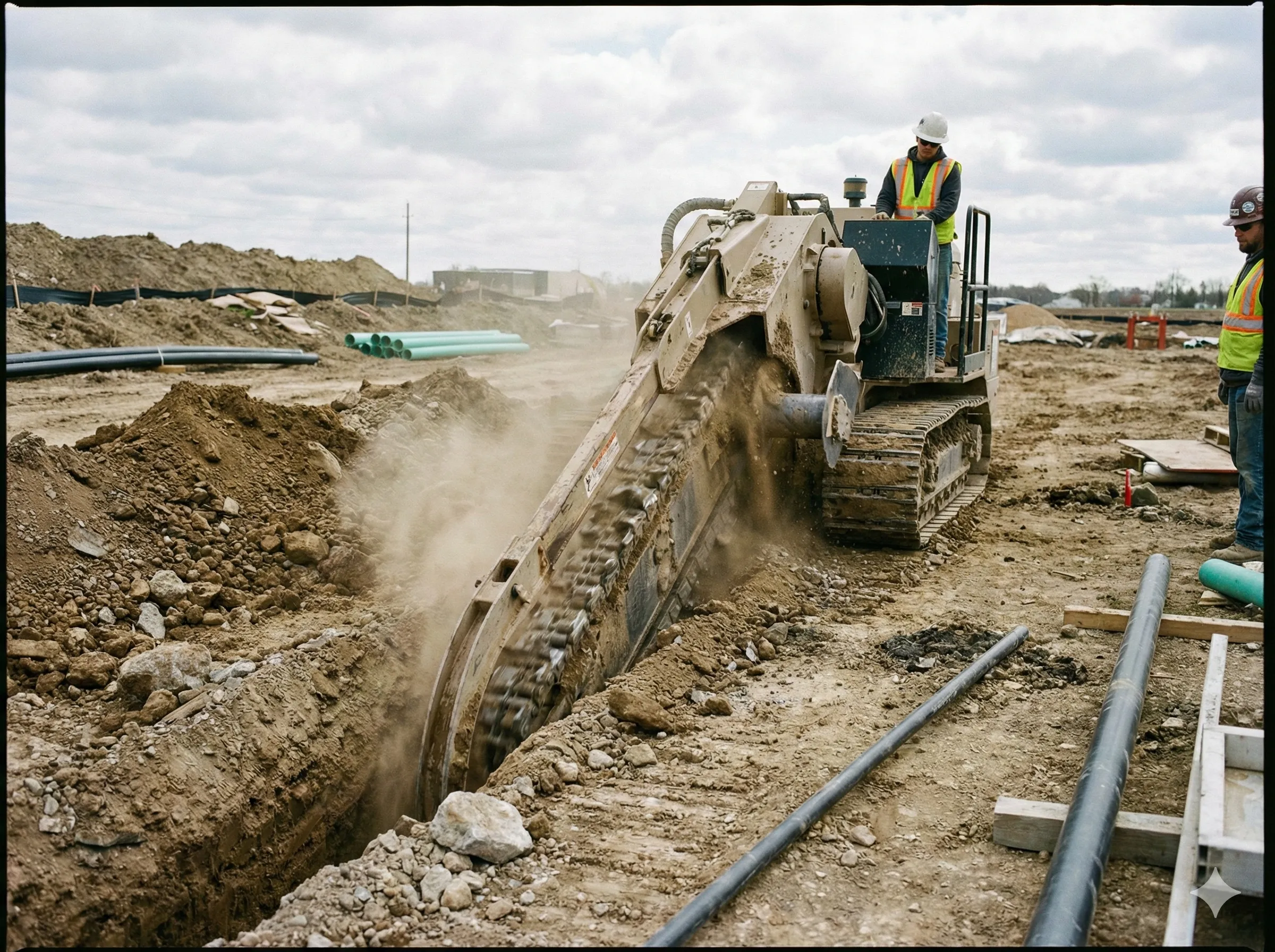Winter is a critical time for landscapes, and proper preparation ensures your outdoor spaces remain healthy and beautiful through the colder months. From protecting plants to maintaining hardscapes, winterizing your landscape involves a series of thoughtful steps. This comprehensive guide will walk you through essential tips and tricks for preparing your landscape for winter.
1. Evaluate Your Landscape
Before starting any preparations, assess your landscape to identify areas that need attention. Look for vulnerable plants, damaged trees, or areas prone to waterlogging. A thorough evaluation helps prioritize tasks and plan efficiently.
2. Prune Trees and Shrubs
Pruning is vital for maintaining healthy trees and shrubs. Remove dead, damaged, or diseased branches to prevent breakage from snow and ice. Pruning also improves air circulation and promotes healthier growth in the spring.
3. Protect Vulnerable Plants
Tender plants need extra protection during winter. Cover them with burlap or frost cloth to shield them from freezing temperatures. Adding a layer of mulch around the base helps insulate the roots and retain moisture.
4. Mulch Your Garden Beds
Apply a thick layer of mulch to garden beds to protect soil and plant roots from extreme temperature fluctuations. Organic mulch, such as wood chips or straw, also enriches the soil as it decomposes over time.
5. Aerate and Fertilize the Lawn
Aerating the lawn before winter allows water, oxygen, and nutrients to penetrate the soil. Follow up with a slow-release fertilizer to provide essential nutrients that support root growth during the dormant season.
6. Clean Up Fallen Leaves
While fallen leaves can be a good source of natural mulch, excessive piles can smother grass and promote fungal diseases. Rake leaves regularly and compost them for future use in your garden.
7. Winterize Irrigation Systems
Drain and shut down irrigation systems to prevent freezing and damage to pipes. Blow out remaining water using compressed air and store removable parts like hoses and sprinklers indoors.
8. Protect Water Features
Turn off and drain fountains, ponds, and other water features to avoid damage from freezing water. If you have fish, ensure they have a safe environment by using de-icers or pond heaters.
9. Prepare Hardscapes
Inspect and repair hardscaping elements like walkways, patios, and retaining walls. Seal cracks and apply protective coatings to prevent water infiltration and damage caused by freezing and thawing cycles.
10. Plan for Snow Removal
Stock up on snow removal tools such as shovels, ice melt, or a snowblower. Mark driveways and pathways with stakes to guide snow removal and prevent accidental damage to your landscape.
11. Store Outdoor Furniture and Decorations
Clean and store outdoor furniture, cushions, and decorations in a dry, sheltered area to protect them from harsh winter conditions. Cover large items with weather-resistant tarps if they can’t be moved indoors.
12. Prepare Container Plants
Move potted plants indoors or to a sheltered location to protect them from frost. For large containers that can’t be moved, wrap the pots with insulating material and water sparingly.
13. Install Windbreaks
Erect temporary windbreaks using screens, fencing, or dense shrubbery to shield sensitive plants from harsh winter winds. This can reduce the risk of windburn and drying out.
14. Check and Maintain Garden Tools
Clean, sharpen, and oil garden tools to extend their lifespan and ensure they’re ready for spring. Store tools in a dry place to prevent rust and damage.
15. Plan for Spring
Winter is an excellent time to plan next year’s landscape projects. Take note of areas that need improvement, research new plants, and design layouts for your garden to ensure a productive spring.
16. Use Evergreen Plants for Winter Interest
Incorporate evergreen plants into your landscape for year-round beauty. They provide structure and color even in the bleakest winter months, creating a vibrant outdoor space.
17. Control Winter Pests
Monitor for winter pests such as rodents or insects that may damage plants. Use protective barriers or natural repellents to keep pests at bay while safeguarding your landscape.
18. Install Landscape Lighting
Add lighting to pathways, driveways, and key focal points to enhance safety and aesthetics during darker winter evenings. Solar or LED lights are energy-efficient options that add warmth to your landscape.
19. Monitor Weather Conditions
Keep an eye on weather forecasts to anticipate extreme conditions. Early action, such as covering plants or shoveling snow, can minimize potential damage to your landscape.
20. Stay Consistent with Maintenance
Consistency is key when preparing your landscape for winter. Regularly check on plants, clear snow from heavy branches, and adjust care routines as needed to ensure everything stays in top shape.
Final Thoughts
Preparing your landscape for winter requires a mix of proactive planning and ongoing care. By following these tips and tricks, you can protect your plants, maintain your hardscapes, and set the stage for a vibrant and healthy landscape come spring. A little effort now goes a long way in preserving the beauty and functionality of your outdoor space throughout the year.

















